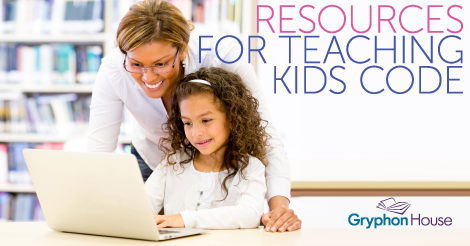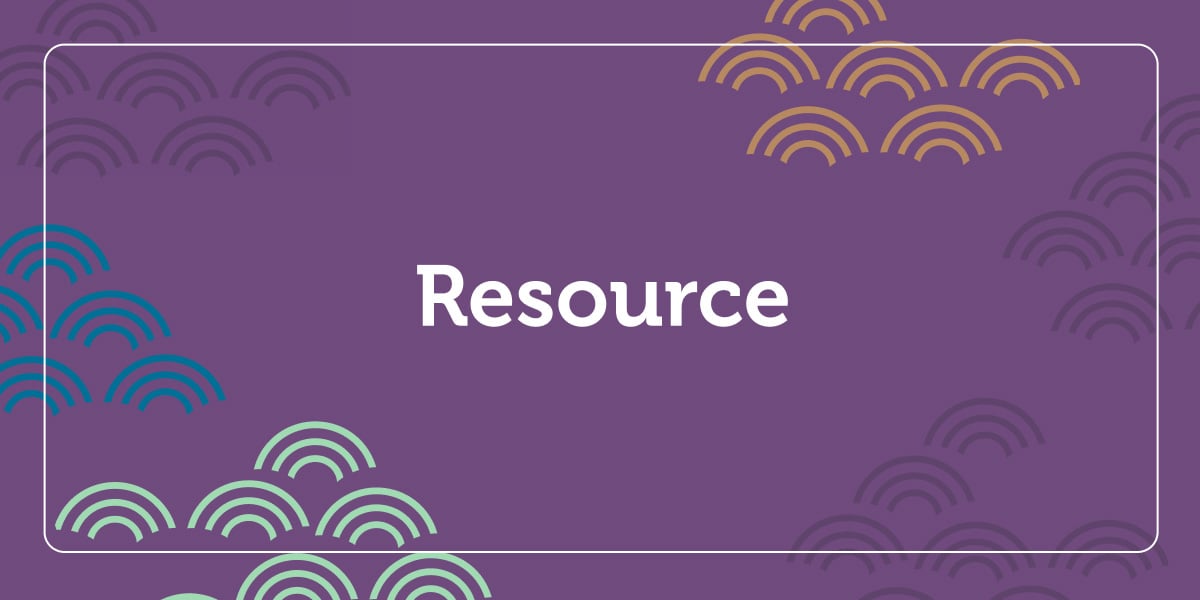
As STEM education and interests in computer programming become increasingly popular, learning to code is a fun and useful skill young children can gain through coding games. Programming for kids doesn’t have to be complicated or costly; there are a ton of free resources available to parents and educators who want to encourage their learners to code.
Buckleitner’s Guide to Using Tablets with Young Children is a comprehensive guide to educational apps and programs for children in all subject areas. Buckleitner suggests several free apps and websites dedicated to coding for kids.
Here are a few free programs that will engage your little learners and have them excited about learning to code!
Programming
Children don’t learn how to code overnight; they need experience playing with commands, sprites, loops, and so on.
Code Studio
By Code.org (www.code.org), for multiple Internet browsers, ages five to fourteen.
On the plus side: This browser-based online learning platform is designed to teach the basics of programming. It is a key part of the code.org initiative, launched to try to get computer programming into every school.
Free content (no registration required) includes six self-guided, online tutorials with video lectures by tech role models such as Bill Gates and Mark Zuckerberg, plus game-based activities designed around popular games such as Angry Birds, Plants vs. Zombies, and Flappy Bird. Features include a Play Lab that lets you send programs to a cell phone via a text message.
The actual coding resembles MIT’s Scratch—you drag blocks that represent commands into place to see what they do. Each block snaps into place. The activities are well designed and guide you through each part of the process, step-by-step, until you’ve reached the hour of code goal.
Need to know: Code Studio works in Flash on most mainstream browsers. A good Internet connection is required.
How to use it: Do this together with the child.
The Foos
By CodeSpark (www.codespark.org); for iPad, iPhone, Android, Amazon Kindle Fire, Mac OSX, and Internet Browsers; ages six to eight.
On the plus side: Easy to learn and full of playful characters, this early programming experience mixes an Angry Birds type of leveling system with Scratch-style programming icons. To move your Foo character across the screen to a star, you must drag and drop the correct sequence of commands in the right order. Everything happens in real time, so it’s easy to experiment. There’s also a handy stick of dynamite—just in case.
Need to know: It’s not clear how this free app makes money, or if the .org in the domain means that CodeSpark is a nonprofit. I suspect that future levels will be sold for a fee.
Scratch 2.0
By Scratch (http://scratch.mit.edu/), for Windows and Mac OSX, ages seven and up.
On the plus side: This update to the Scratch programming language uses bits of code that snap together like jigsaw puzzles, bringing programming within reach of novices. With this version, you no longer need to download or install anything, and it works best with a traditional Mac or Windows computer, with an Internet connection, browser, and Flash. The language has been enhanced with additional sensors that use your webcam or microphone to detect motion or sound.
Need to Know: Because Android tablets can run Flash, it is possible to view existing projects. However, most are designed for using a computer with a mouse ad cursor. Scratch 2.0 is a welcome new option, and you certainly can’t argue with the free price.
Author(s)Warren Buckleitner
Anna Wilmoth
Marketer. Publisher. Reporter. Educator. Mother. Runner. Explorer. Anna served as director of marketing for Gryphon House from Oct 2014 - May 2017.

